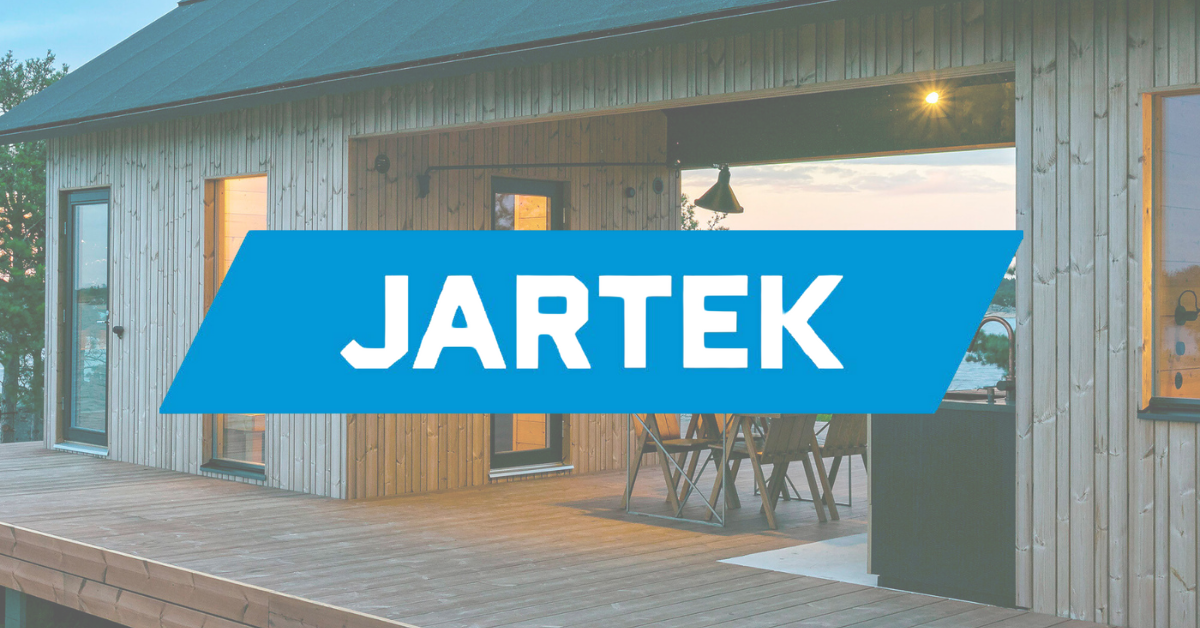The Yield Analysis Program | Rules Corner
Over the past ten years, the NHLA has become more of a partner for our membership and industry. Evolution has been possible through the very experienced and talented team of the NHLA.
The National Inspectors have experience in this industry that goes far beyond the scope of inspecting hardwoods, including sawmills, dry kilns, machine operation, management, and many other areas of the hardwood industry.
One area that has been growing in popularity is yield analysis of the sawmills. This type of program is nothing new in the hardwood industry; we have reinvigorated it to ensure the value of the logs is known and that every penny is accounted for.
The Yield Analysis program is part of a much bigger program of Quality Control that I learned through my career as a Quality Control Manager at a large hardwood company, where we tested everything from debarkers to ready-to-ship kiln-dried lumber. The rationale behind all the testing was to maximize the raw material and produce the best possible product.
Yield analysis testing is a straightforward concept that requires many different levels of knowledge. First, we gather information from the sawmill owner/manager about species, number of employees, current average log costs, operating costs per thousand, number of running hours, etc. We will then set up a schedule to begin the 2-day test.
The first day begins with grading and measuring the logs for the test. These logs are divided into Forest Service log grades and diameter classes. There can be as many as 16 or more groups that are tested depending on species and diameters. Each group is run through the sawmill as a batch, and the National Inspector grades and tallies all the lumber produced. Each group will be included in the final report and combined to show an average.
Some of the main features of the report generated after testing are its vital pieces of information. The report’s first page highlights critical areas for improvement, such as downtime, production per person-day, and lumber recovery factor, among others.
The results of the tests show the break-even log value for each batch run through the sawmill to assist the company in determining how much the logs are worth when they are on the ground in the log yard. This value determination helps to manage the raw material costs and decisions regarding purchasing or selling logs.
The logs can be shown in Doyle, International ¼” and Scribner Decimal C at this time, and more can be added; we can also weigh each sort if scales are provided, as we are processing to determine break-even when buying by the ton.
Today, with higher log costs, higher freight rates, and lower lumber prices in a lousy economy, it is even more important to do these tests to ensure that your company’s future is in the best possible condition.
We are here to help; contact the National Inspector in your area or the NHLA Headquarters if you have any questions or want to participate in our programs.
By Dana Spessert,
NHLA Chief Inspector
Share:
Related News & Blog

November 5, 2025

November 5, 2025
Questions?
Have questions or need any assistance regarding the NHLA Annual Convention & Exhibit Showcase?
